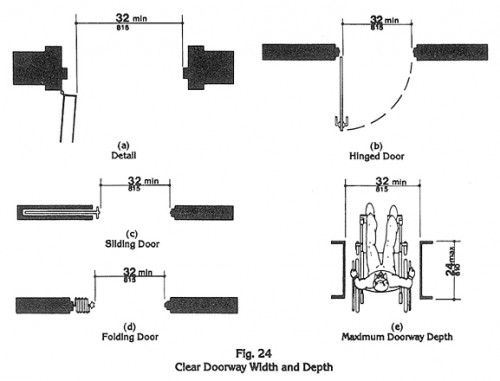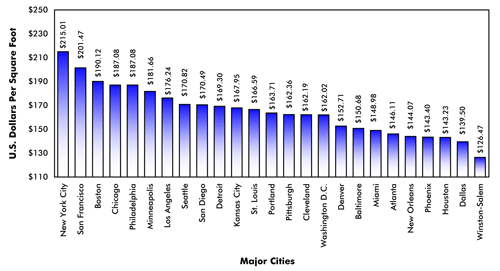With some minor exceptions, rainwater harvesting is not allowed under Colorado Water Law. This is because of our system of “first in time, first in rights” allocation of water. It is generally understood that all of the water that falls in Colorado is already owned by someone downstream.
That notion has been questioned.
In 2009 House Bill 1129 was signed into law. This bill is important because it created a legal framework for a pilot study where:
“The [Colorado water conservation] board shall, in consultation with the state engineer, select the sponsors of up to ten new residential or mixed-use developments that will conduct individual pilot projects to collect precipitation from rooftops and impermeable surfaces for nonpotable uses.”
This legislation came about because many contend that up to 95% of the rainwater that falls on Colorado never actually makes it into the water ways for use by senior rights holders. Instead of water making it into our rivers and streams it is contended that the water actually evaporates or is absorbed by plants and undeveloped land.
This pilot program will sponsor developments in geographically diverse areas in Colorado to study if diverting rainwater actually affects the amount of water that flows into streams that supply downstream water rights.
What this means is that if the downstream water rights are still fulfilled, then the water that falls on roofs and other impervious surfaces is actually excess water that property owners can actually make a water rights claim upon.
Part of what makes this work is what is called an augmentation plan. An augmentation plan is designed to allow for water usages that are out of priority. In other words, it allows a junior water rights holder to use water so long as they can prove that they can provide 100% of the water that is allocated to a senior water rights holder should they place a call for water.
For example, if it is determined that a particular parcel contributes 100 acre feet of water to downstream rights holders, the junior rights owner must be able to prove that their parcel still produces that amount of water even after rainwater harvesting.
The augmentation plan is critical to rainwater harvesting. If this pilot program proves that even with rainwater harvesting that the senior rights holder still has access to their full amount of water, then guidelines for rainwater harvesting will be developed and it will possibly be allowed.
As a final note, a 2007 study by the Colorado Water Conservation Board determined that:
“With rainwater harvesting, outdoor water demand is reduced by approximately 65% with moderate conservation and approximately 88% with water wise conservation.”
This is extremely relevant to our dry climate since rainwater harvesting could drastically reduce the amount of water treated to potable quality and subsequently used to water all of our petunias.







